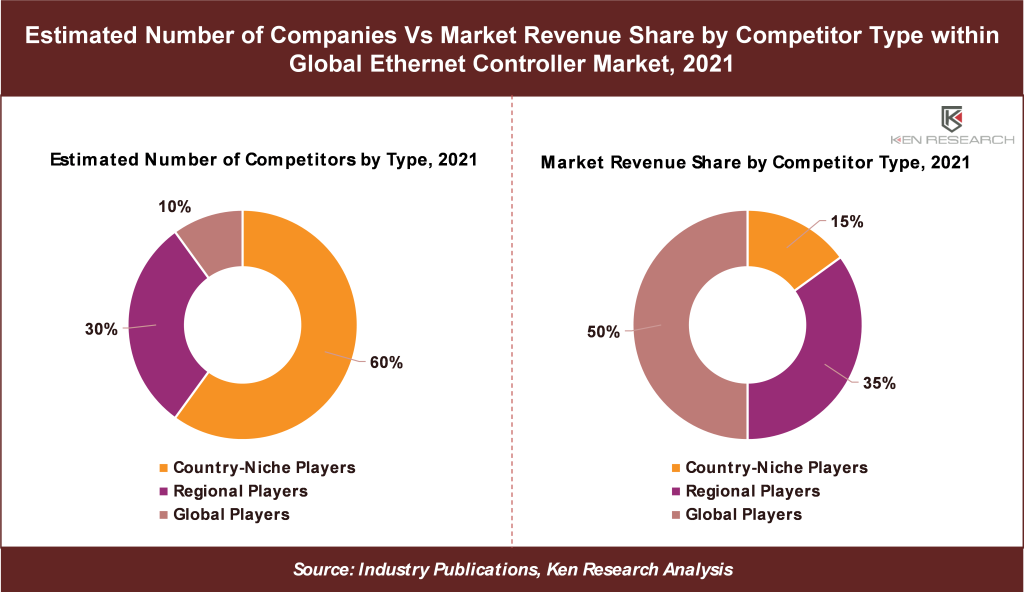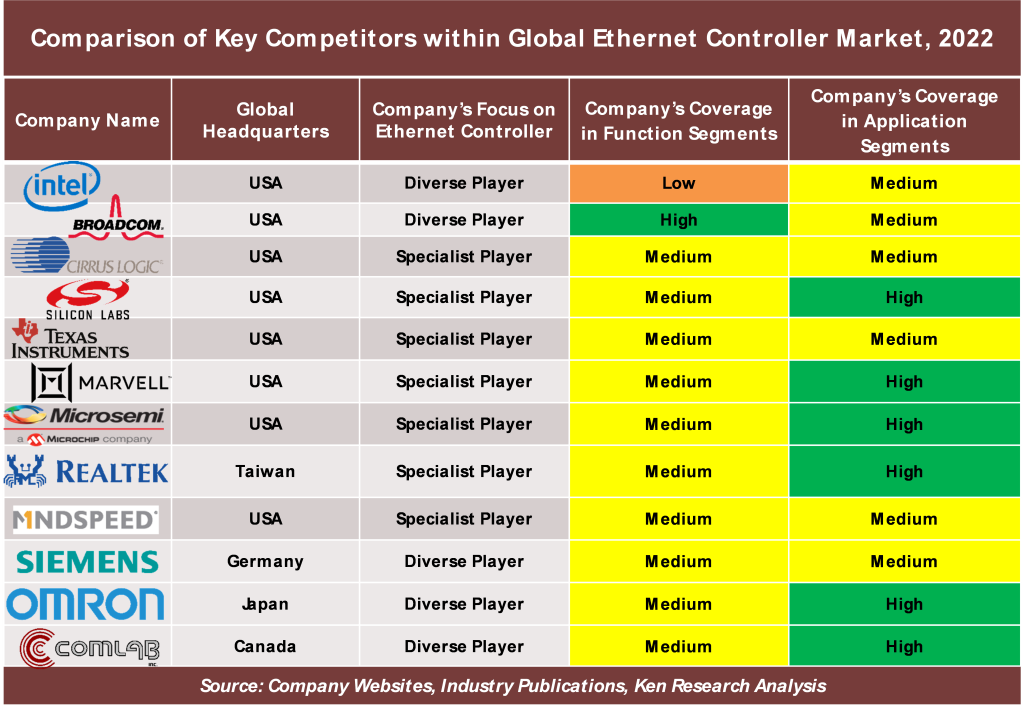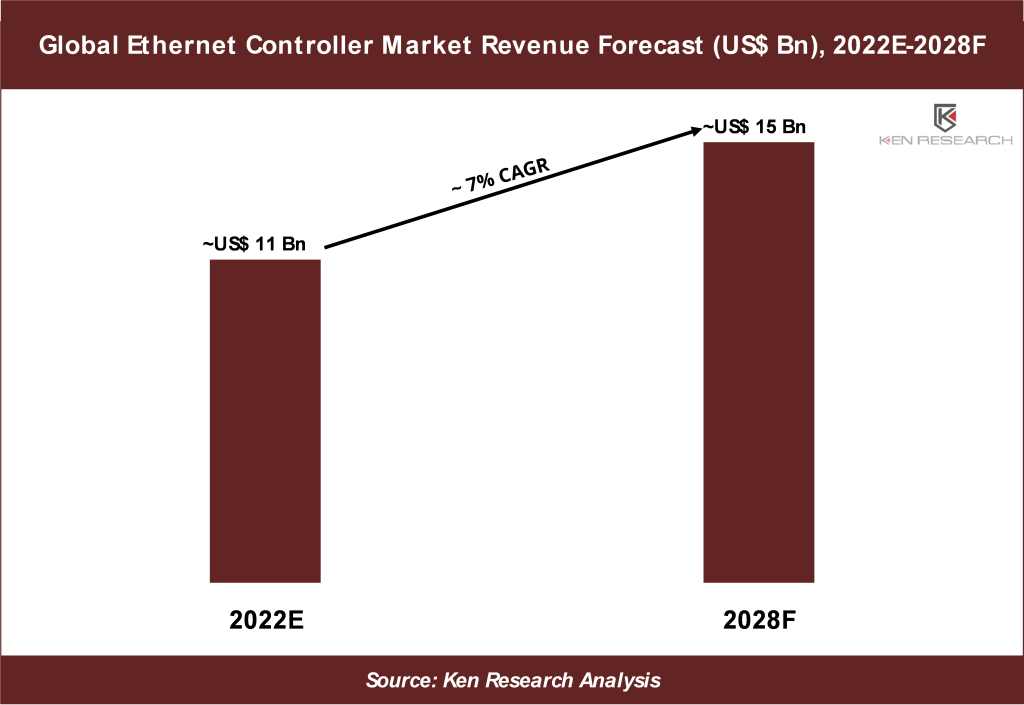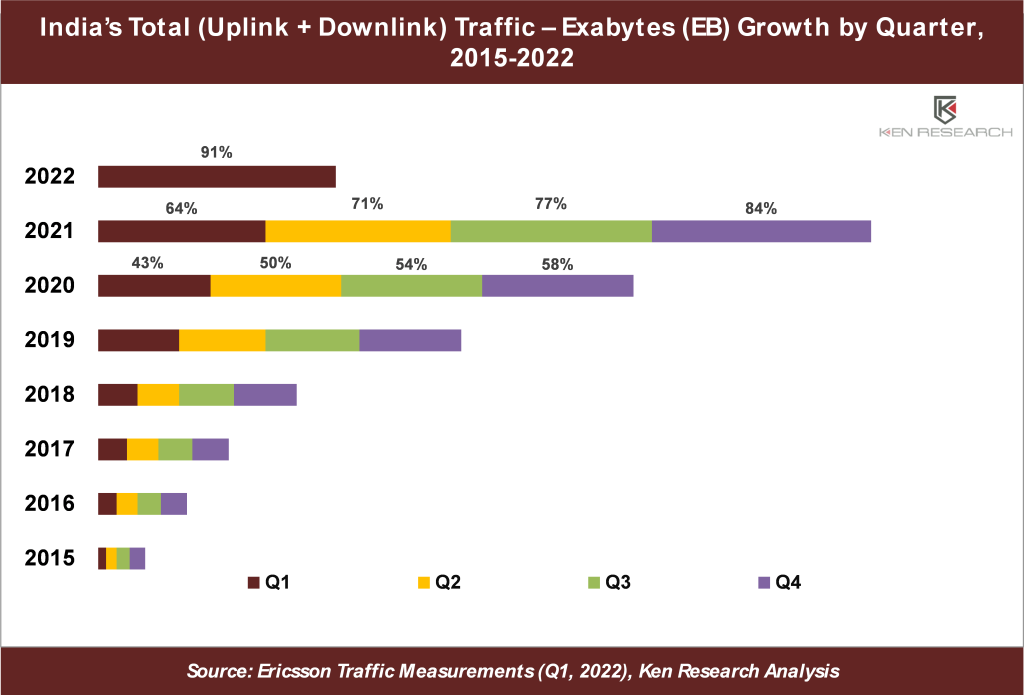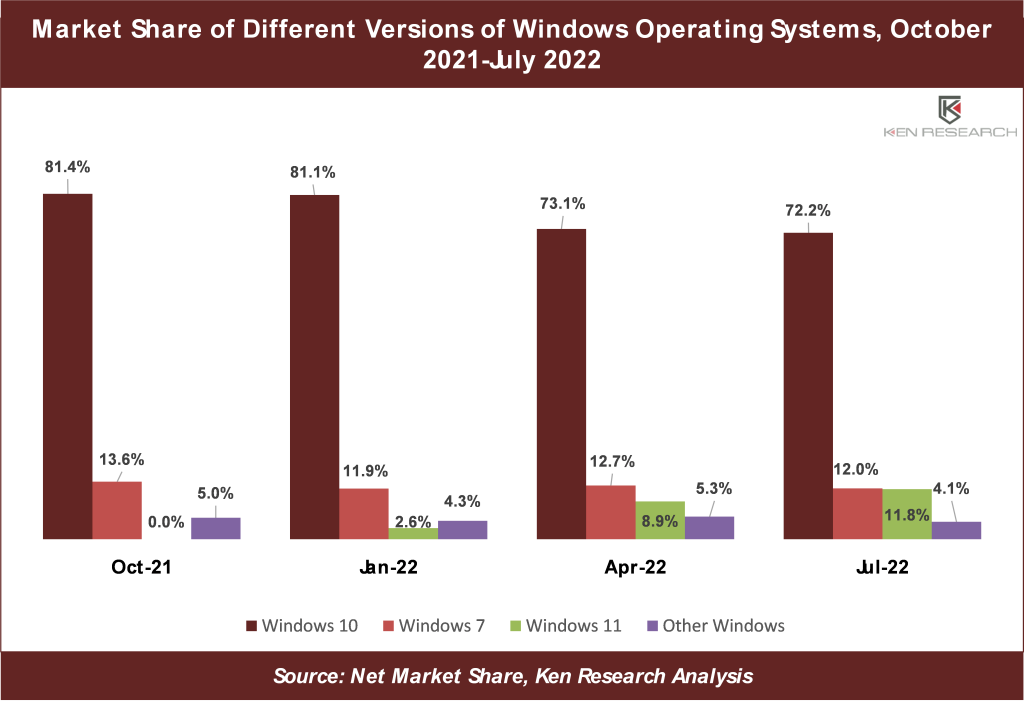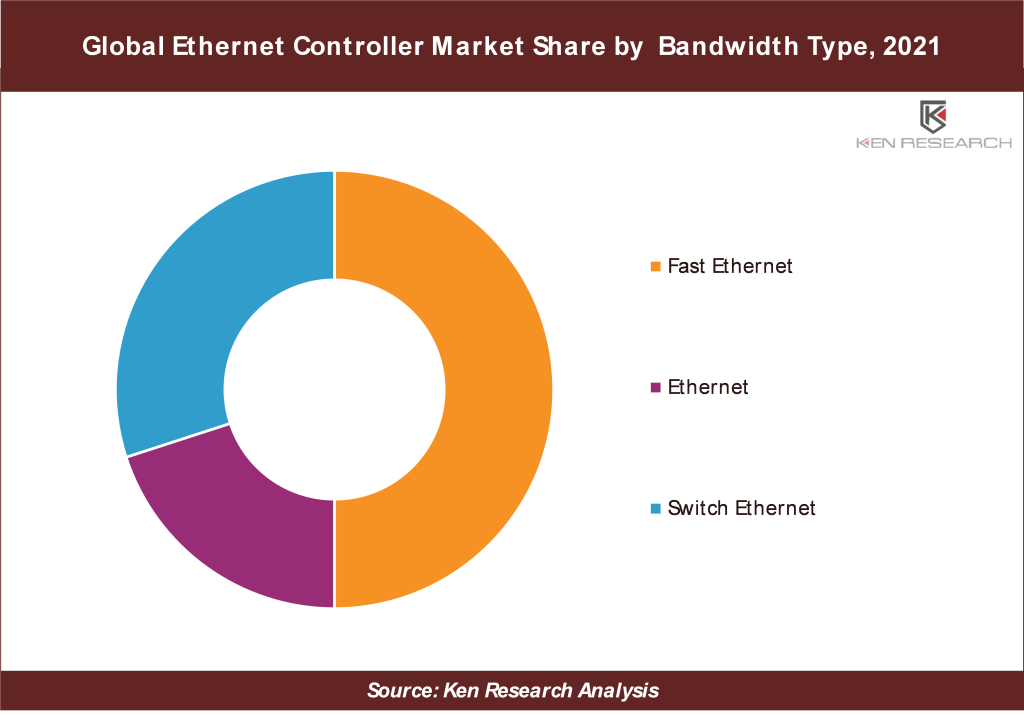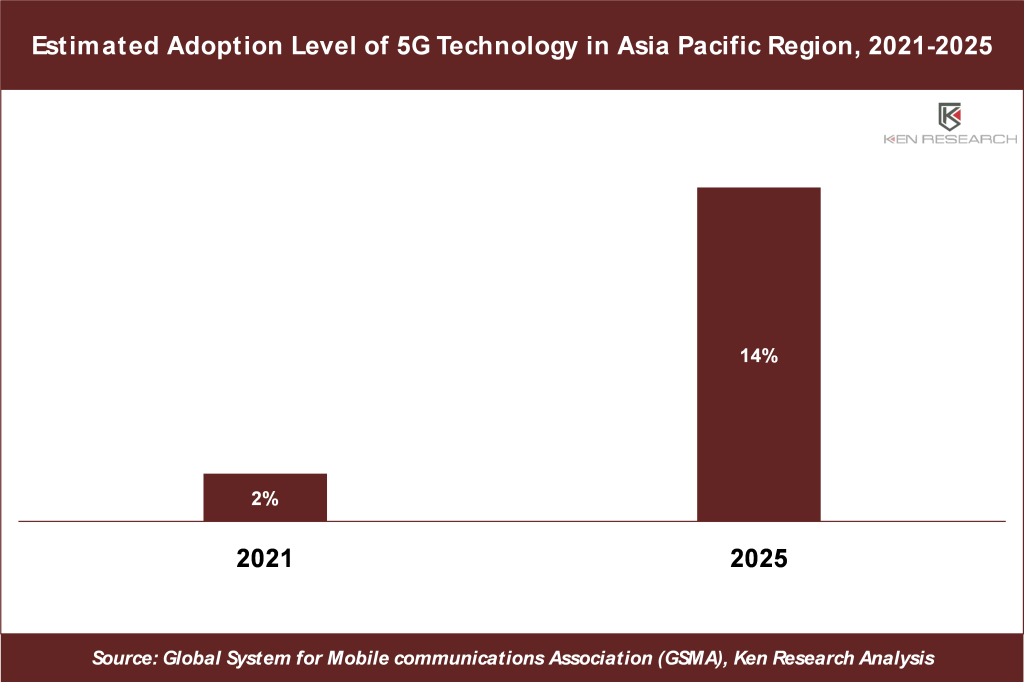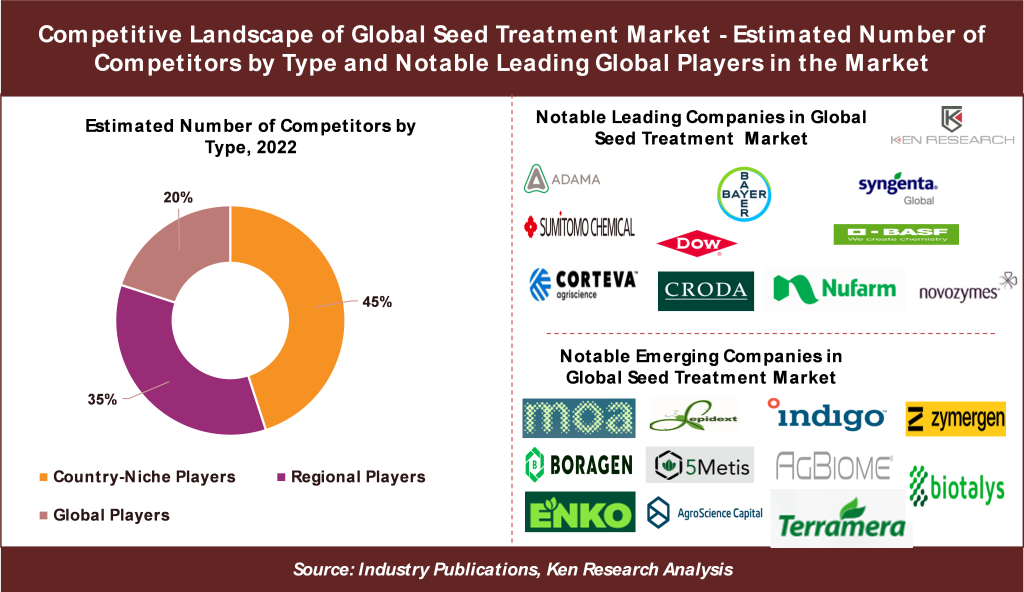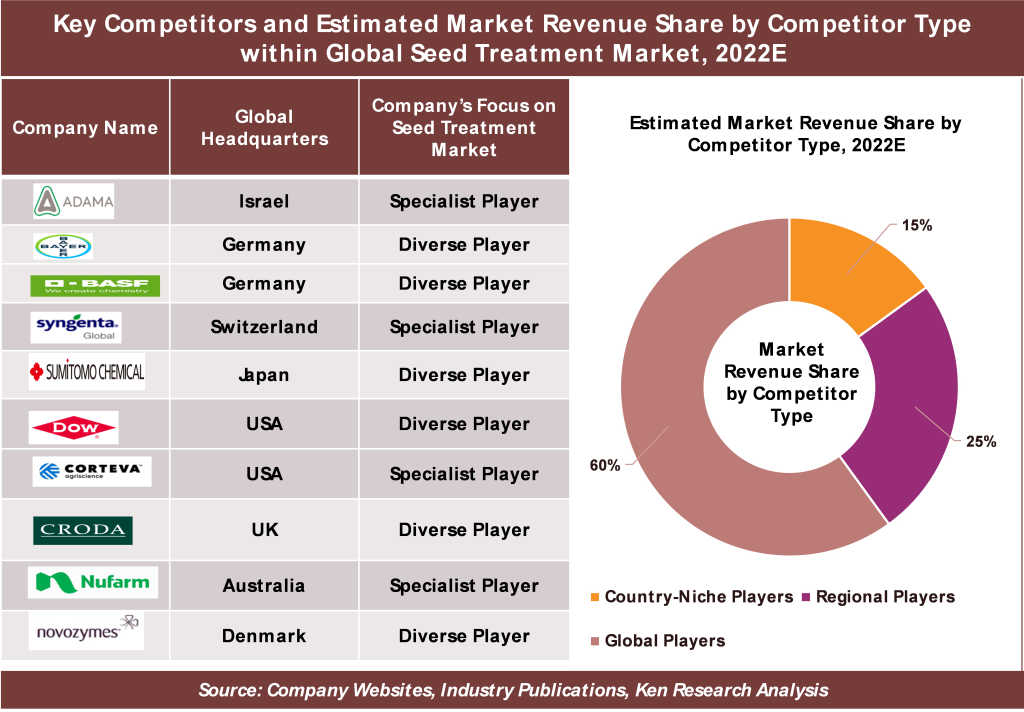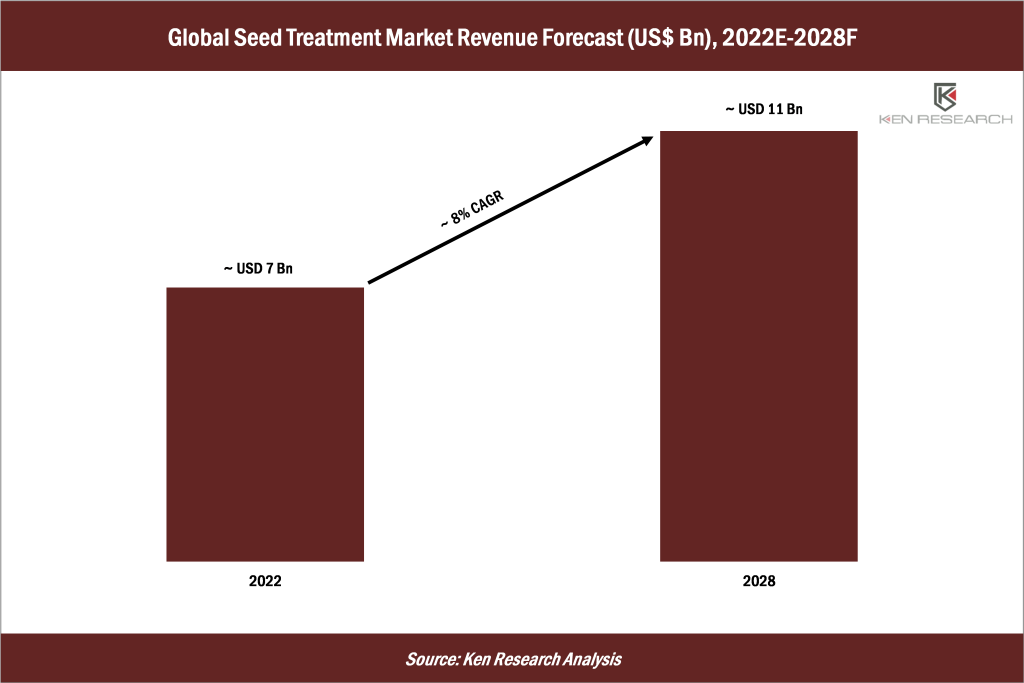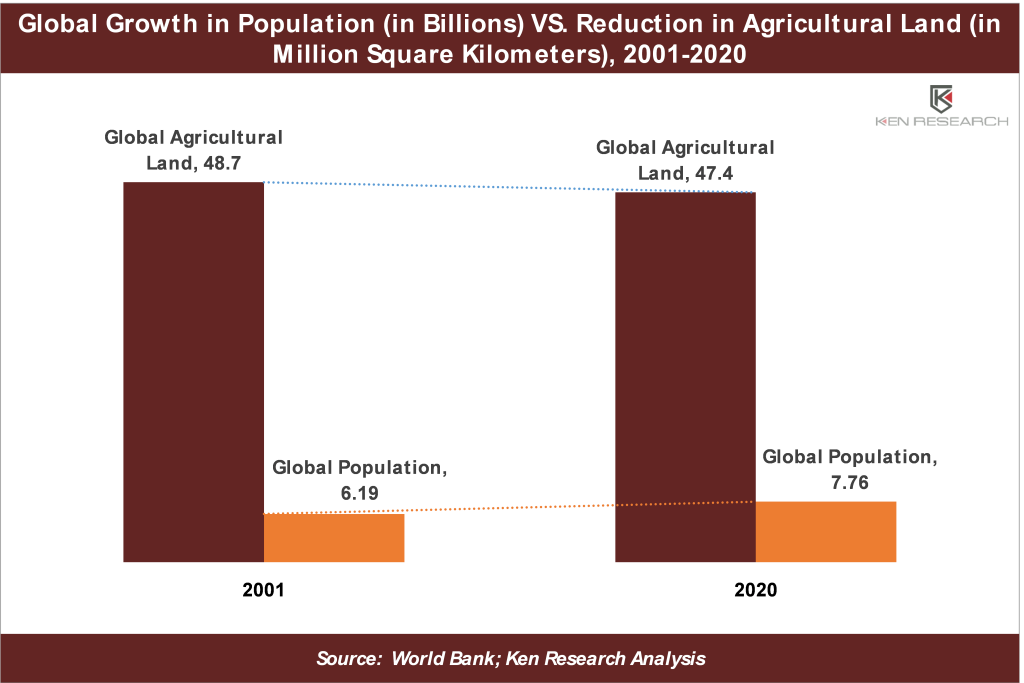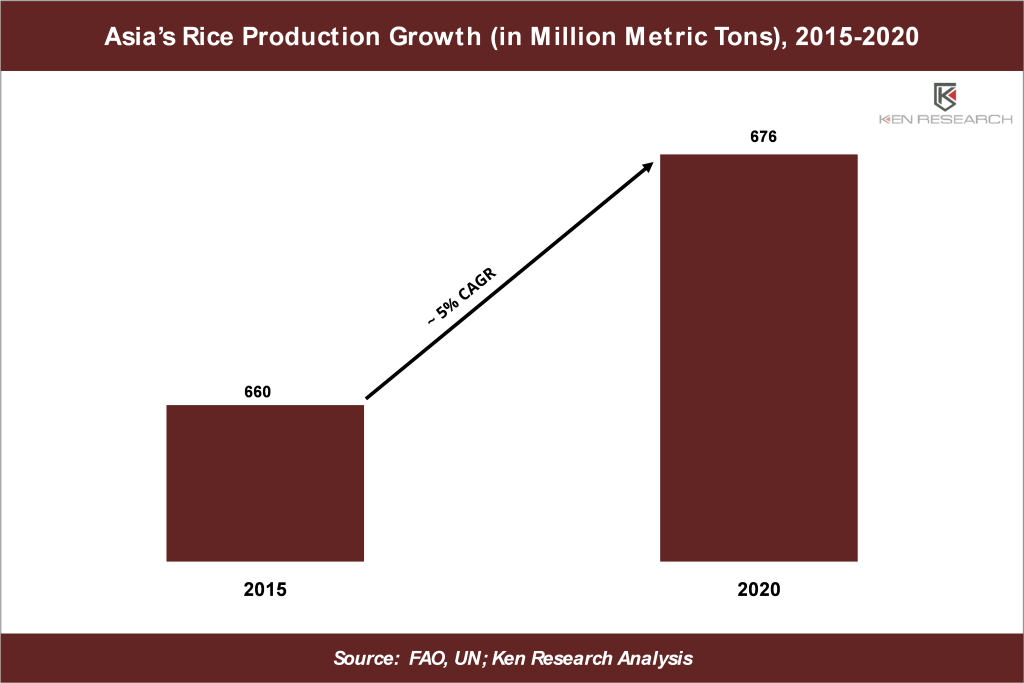Indonesia News
- Automotive slowdown & the COVID-19
pandemic brought a sustained downward trend in new passenger car sales in
2020 in Indonesia
- The Multi Brand car service market is
anticipated to grow with a CAGR of 4.3% during the forecast period
2021-2026.
Indonesia
Automotive Aftermarket Service Market Overview
Surging Used
Car Sales in Tier II Cities: Indonesia is
one of the largest automotive and used car markets in Southeast Asia. It is home
to many OEMs having production and assembling plants in the country. Indonesia
is witnessing a surge in the used car sales in Tier II cities of Indonesia
which is signaling the rising average age of car, therefore impetus for car
service market. The growing urban population and disposable income among the
working population are contributing to the growth of the used car industry.
Higher population of middle income group in Tier II cities has lead to the
growing demand for used cars. The easy availability of financing options, on
the other hand, has aided the industry’s growth. The Indonesia used cars market
is anticipated to witness a CAGR of 15.7% in terms of number of used cars sold
during the forecast period 2020-2025.
Growing
Vehicle Parc in Indonesia: Indonesia
automotive industry in witnessing a surge in the number of vehicle parc which
lead to higher demand for the multi brands and OEM car service companies in
Indonesia. ~87% of the vehicle parc in Indonesia in 2020 were post warranty
cars which generally visit the multi brand car service centers. Whereas, the
pre warranty cars in the country prefer visiting the OEM car service
centers. Multi brand service centers cost ~10-20% less as compared to the
authorized car service center which is the major reason for consumer to shift
to the multi brand service center during the post warranty period. Due to lack
of spare parts knowledge consumers tend to go to authorized service centers for
original spare parts. The number of car parc is anticipated to witness a CAGR
of 2.8% during the forecast period 2021-2026.
Ban on the
cars above the age of 10 years: The
Indonesia government is imposing ban on cars above the age of 10 years to
reduce traffic jams on main thoroughfares. The govt. has levied congestion
charges for cars from 2020, set an age limit of 10 years on vehicles on the
road by 2025, tighten emission tests and rein in industrial discharges to
reduce the air pollution. The ban will lead to an increased demand for the
authorized and organized multi brand services centers in Indonesia.
The report titled “Indonesia
Automotive Aftermarket Service Market Outlook to 2026: Influx of new players and car variants from abroad are contributing to
the growth of automotive aftermarket service industry in Indonesia” by
Ken Research suggested that the automotive aftermarket service market is
further expected to grow in the near future with the surging used car sales in
Tier II cities and entry of new authorized and multi brand players in the
market. The market is expected to register a positive CAGR of 3.6% in terms of
revenue during the forecast period of 2021-2026.
Key Segments
Covered in Indonesia Automotive Aftermarket Service Market
- By Type of Workshop
- Multi Brand
- OEM/Authorized
- By Type of Multi Brand
- Organized
- Unorganized
- By Type of Vehicle
- MPV
- Sedan
- SUV
- LCGC
- Hatchback
- By Age of Car
- 0-3 Years
- 3-8 Years
- 8 and Above years
- By Region
- West
- Central
- East
- By Car Brand
- Toyota
- Daihatsu
- Honda
- Mitsubishi
- Nissan
- Suzuki
- Others
- By Booking Mode
- Online
- Offline
- By Service Split
- Repair and Replacement
- Maintenance
- Body Care
Request for Free Sample Report @ https://www.kenresearch.com/sample-report.php?Frmdetails=NDQ0MzEw
Indonesia
Spare Parts After Market Segmentation
- By Type of Spare Parts
- Lubricants and Oils
- Suspension & Braking
- Electrical Components
- Engine Components
- Consumables
- Others
Key Target
Audience
- Automotive companies
- OEM Car Service companies
- Multi brand Car Service companies
- Automotive Spare Parts Companies
Time Period
Captured in the Report:
- Historical Period: 2015-2021
- Forecast Period: 2021-2026
OEM Car
Dealers/Service Providers:
- Wuling Motors
- Auto 2000
- Asco Automotive
- Honda Indonesia Mobil
- PT Nissan Motor Indonesia
- Prima motor
- NUSANTARA JAYA SENTOSA
- United Motors Centre
Multi Brand
Car Dealers/Service Providers:
- Bosch Auto Care Service
- Vertue Concept
- Brum Indonesia
- Garden Speed
- Autoglaze Indonesia
- CARfix Karang Tengah
Key Topics
Covered in the Report
- Indonesia Automotive Aftermarket Service
Industry Overview
- Multi
Brand Car Service Market Indonesia
- Ecosystem of Entities in Car Servicing in
Indonesia
- Trends and Development in Indonesia Automotive
After Market Service Industry
- Issues and Challenges in Indonesia Automotive
After Market Service Industry
- Porters Five Forces Analysis: Automotive
Aftermarket Service in Indonesia
- Government Regulation in Indonesia Automotive
After Market Service Industry
- Market Size of Indonesia After Market Service
Industry
- Indonesia Automotive Aftermarket Service
Industry Segmentation
- Competition in Indonesia OEM Aftermarket
Industry
- Competition in Indonesia Multi Brand
Aftermarket Industry
- Pricing Comparison of Major OEM Car Service
Companies
- Pricing Comparison of Major Multi Brand Car
Service Companies
- Operating Model of Organized and Unorganized
Workshops
- Operating Model of OEM Workshops
- Indonesia Spare Parts Aftermarket Industry
Overview
- Indonesia Automotive Aftermarket Car Service
Market Future Market Size
- Future Outlook and Projections for Indonesia
Automotive Service Market
Related
Reports
Contact Us:-
Ken
Research
Ankur
Gupta, Head Marketing & Communications


